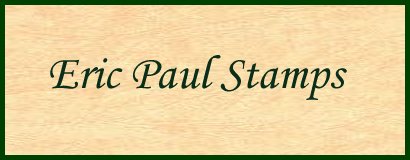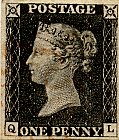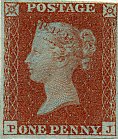




|



|
 Return...
Return...
| GROUP | ALPHABET | WATERMARK | IMPERF OR PERF | PLATE RANGE |
| A | I | Small crown | I | 1 - 131 |
| B | II | Small Crown | I | 132- 175 |
| C | II | Small crown | P | |
| D | II | Large Crown | P | 1 - 21*, R15 - 16 |
| E | III | Small Crown | P | 22 - 27* |
| F | III | Large Crown | P | 22 - 49, 52 – 3 55 - 68*, R17 |
| G | IV | Large Crown | P | 50 51* |
| GROUP | ALPHA WATERMARK | PERF | PAPER | PLATE RANGE | |
| C1 | II | Small Crown | 16 | Blue | 155,157, |
| C2 | II | Small Crown | 14 | Blue | 194-8,200-4, |
| D1 | II | Large Crown | 16 | Blue | 1 - 15* |
| D2 | II | Large Crown | 14 | Blue | 1 - 21* |
| D3 | II | Large Crown | 14 | White | R15 - 16 |
| F1 | III | Large Crown | 14 | Blue | 22 - 38, 40, 42-48* |
| F2 | III | Large Crown | 14 | White | |
| F3 | III | Large Crown | 16 | White |
| GROUP | ALPHA | WATERMARK | PERF | PAPER | DIE | PLATE RANGE |
| C1a | II | Small Crown | 16 | Blue | I | 155,157 162-204 R1-6 |
| C1b | II | Small Crown | 16 | Blue | II | 1 - 15* |
| C2a | II | Small Crown | 14 | Blue | I | 194-8 200-4 R1 -6 |
| C2b | II | Small Crown | 14 | Blue | II | 1 - 21* |
| GROUP | ALPHA | WATER MARK | PERF IMPERF | CANCEL | CORNER LINES | PLATE RANGE |
| A1 | I | Small Crown | I | Maltese X | Not recut | 1-46 approx |
| A2 | I | Small Crown | I | 1844 | Not recut | 34 approx to 85 |
| A3 | I | Small Crown | I | 1844 | Recut strong | 86 – 131 |
